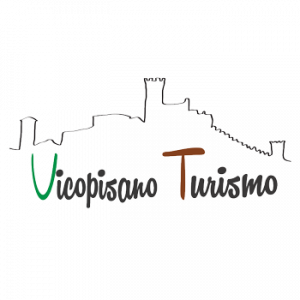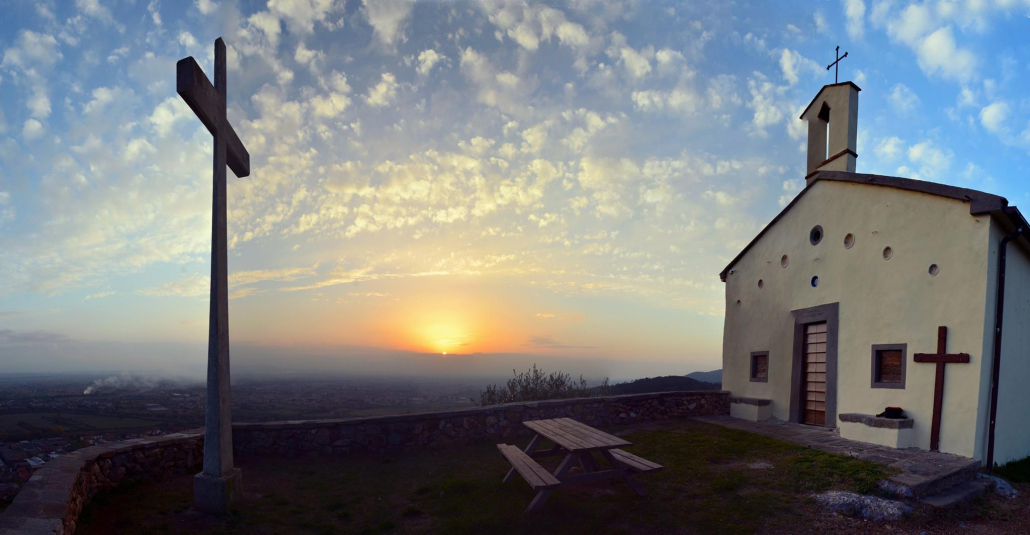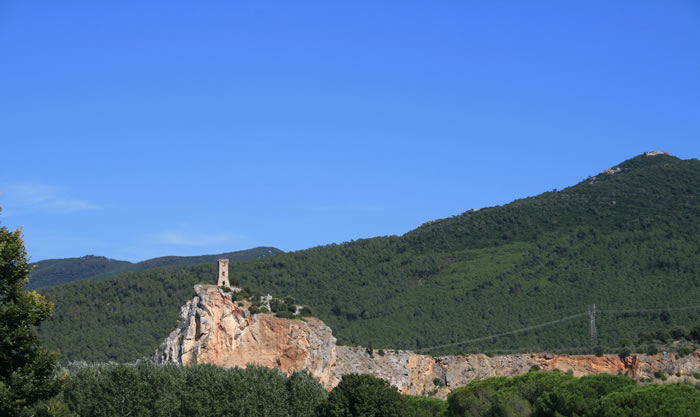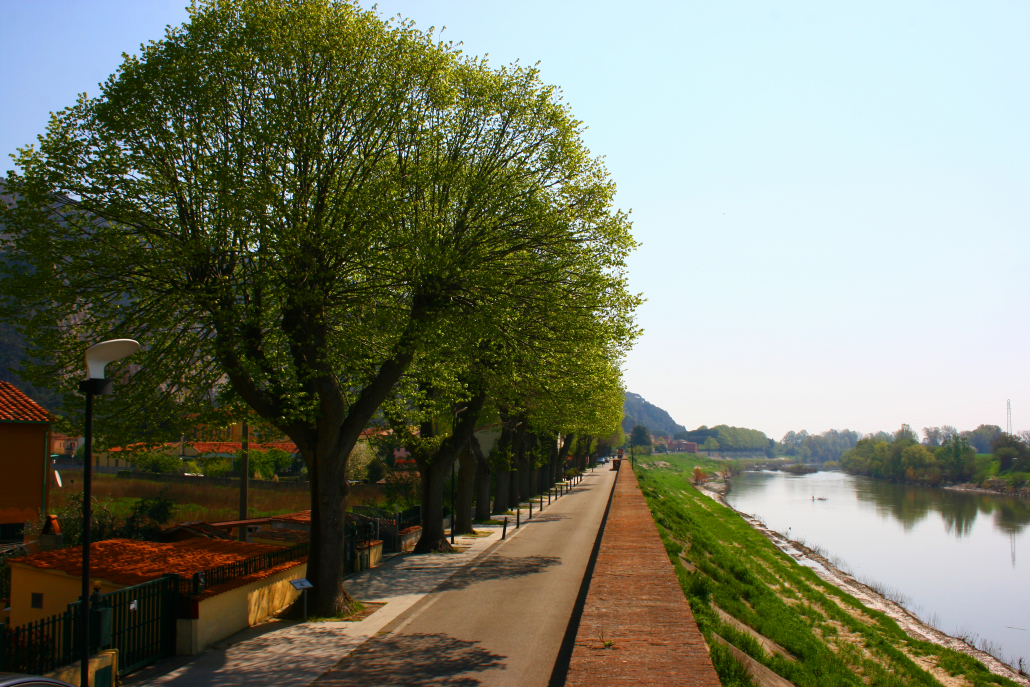Origins & development
One of the main characteristics of Vicopisano, although its limited extension, is to be composed of many small towns:San Giovanni alla Vena, Uliveto Terme, Lugnano,, Caprona and Cucigliana, Cevoli, Guerrazzi and Noce), which is in stark contrast to the surrounding districts, which are at most made up of 2-3 hamlets.
Vicopisano’s territory is rich of small medieval villages, architectural pearls, culinary and handcrafted traditions waiting for you!
Another peculiarity is that those “fractions” are not just an administrative choice: they are real entities with a strong individuality and they reflect the traditional Tuscan local rivalry.
The reasons for this strong rooting are to be found in the different histories that have distinguished these villages over the centuries: each of them had its own specific activity, different commercial outlets and therefore diversified interests, so that a strong sense of belonging to one's own community developed.
The hamlets of the Municipality of Vicopisano are all located along the Via Vicarese, between the course of the River Arno and the slopes of Monte Pisano, in a natural environment that is not very suitable for extensive farming, which was the case in the immediate surroundings of Vicopisano. This circumstance undoubtedly strongly influenced the development of these centres, which were forced to neglect agriculture to devote themselves to other activities: pottery making (San Giovanni and Cucigliana), the lime quarrying (Uliveto and Caprona and later also San Giovanni) and river transport carried out by the Navicellai, in all the hamlets.
The place names and some archaeological finds indicate the clear Roman origin of most of these settlements: Cucigliana, Lugnano and Caprona were, in all probability, the site of rural villas in Roman times.
However, this area, given its particular morphology and the presence of an important river route, must have been inhabited since earlier times (this hypothesis is supported by recent discoveries of archaic Etruscan material on the hills overlooking the Arno).
During the Medieval period, all the cities next to the mountains became really important for Pisa’s political and economic life: they were strategic military points and many of the most wealthy Pisan families had proprieties in this area.
The military and strategic interest for this area ceased after the Florentine conquest, but we must say that important and rich families invested in the area: during the 16th century, they chose those peaceful places to build their sumptuous residential villas that still can be seen today in the whole territory of Vicopisano.








